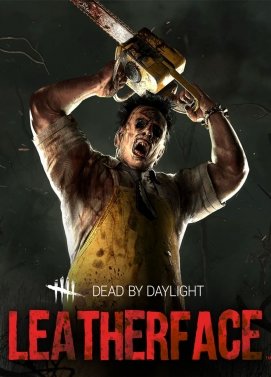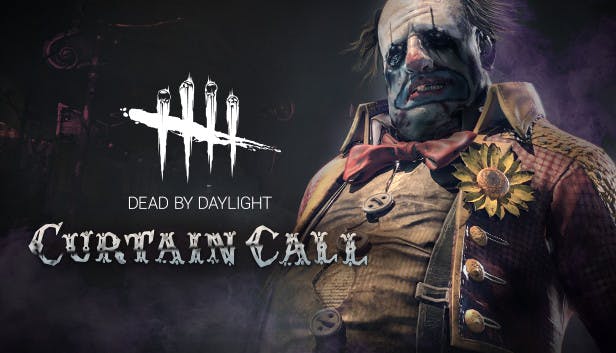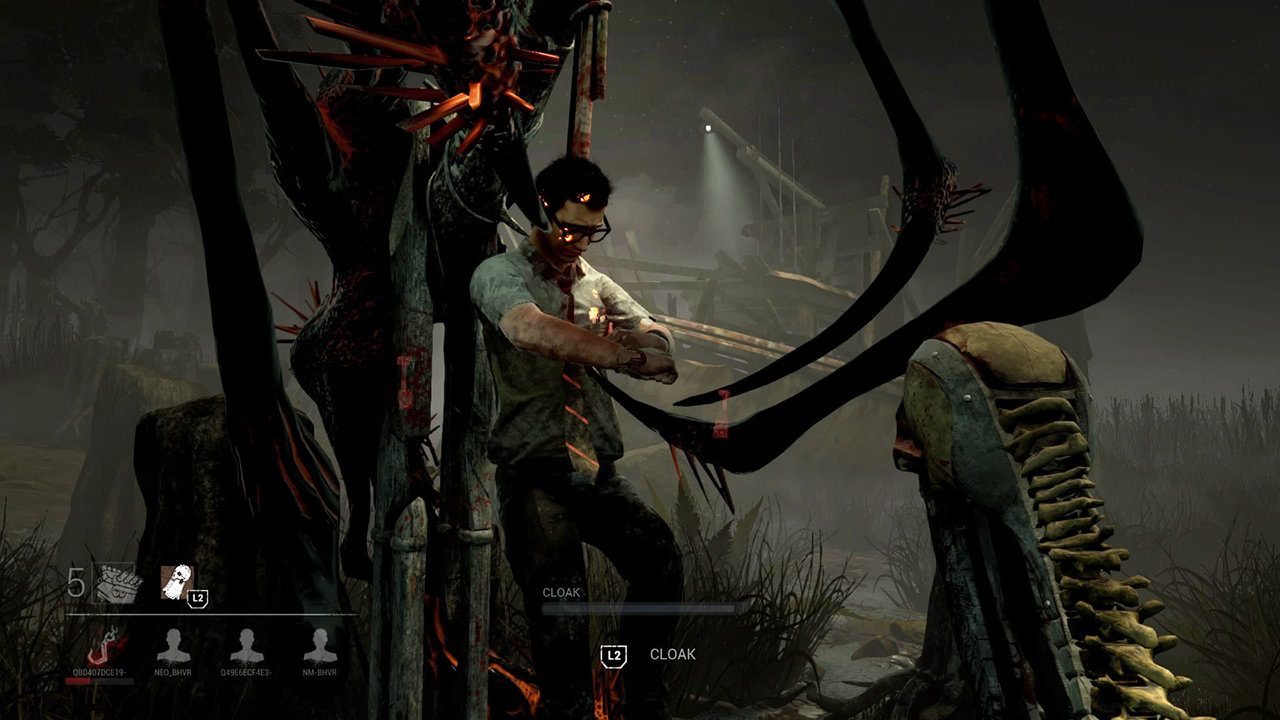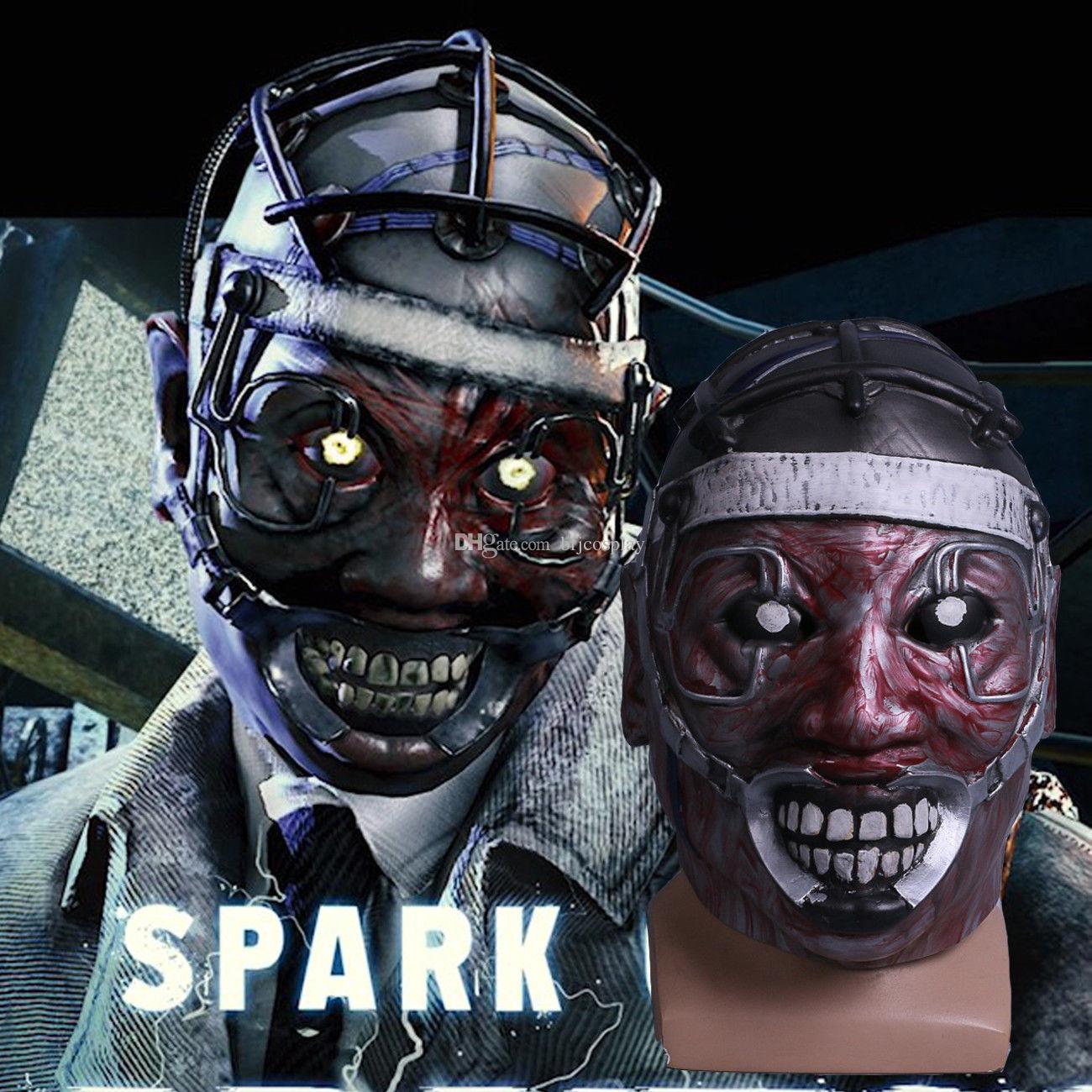
Dead by Daylight is an asymmetrical multiplayer horror game in which four players take the role of the survivors while one player becomes a killer. The players spawn on a random map with 7 generators, 2 exit gates, and 6-10 hooks. The survivors must repair 5 of the generators on the map and power an exit gate to escape, while the killer is tasked with hunting the players down and placing them on sacrificial hooks.
When a killer gets near a survivor, a heartbeat sound is heard alerting them that danger is nearby. Should the killer find a survivor, a chase ensues where the killer tries to hit the survivor twice in order to knock them down and carry them to a hook while the survivor tries to either outrun the killer, successfully hide from the killer, or frustrate the killer enough that they stop chasing them. Pallets are placed around the map that the survivor can throw down to either stun the killer or waste their time as they spend precious seconds trying to destroy it. If a killer does knock down a survivor and places them on a hook, they can be rescued by other survivors as long as the time limit doesn’t run out. Should 3 survivors be sacrificed, a hatch opens somewhere on the map, providing the last survivor a chance to escape without having to try to repair any remaining generators, although if the killer finds the hatch first they can close it. The game ends when all survivors have been either sacrificed or escaped.

Success in this game requires the survivors to work together and make tough choices that might have consequences later on in the game. For instance, a survivor might decide that it’s better to distract the killer by purposefully getting in a chase and pallet looping (running in a circle by the same pallet to play mind games with the killer) while the three other survivors work on generators. This then leads to the killer deciding if it’s worth it to keep running in circles with this player or if it would save time to try and go after the other survivors instead. Another example might be that someone got knocked down and hooked. The remaining survivors have to decide if it’s worth it to rescue that player. If they try to save them, they might get hooked themselves and lose time that could have been spent working on generators. But if they don’t save them, this means even less teammates to help achieve your goal of escaping.
The choice of killer also plays a role in the dynamics of the game. There are multiple killers in the game, each with their own unique playstyle and interactions with the survivor. Some are relatively simple, like the Trapper who can place bear traps around the map, which can be used to end chases early or guard against any survivors trying to save someone from a hook. Others are more complicated, like Michael Myers, who starts out slow and weak at first, but can grow stronger by stalking players until he reaches tier 3 and can instantly down any survivors he hits with his knife. Each killer has a unique power that changes how they hunt survivors, leading to many different potential playstyles.
Another way the players interact with each other comes from the perk system. Each player can equip up to 4 perks that help them with their respective task in some way. These could be passive stat boosts or something more game changing like survivors being able to shank the killer if they get picked up after being knocked down, allowing them one last chance to flee, or the killer using a hex perk that makes it harder to fix gens until someone finds and cleanses a lit totem. How players mix and match these perks can completely change their playstyle and makes interactions between survivors and killers more interesting as they try to figure out what perks the other person has.
Finally, there’s also the item system. The item system allows for survivors to bring equipment to a match that helps make their task easier. They sound similar to perks, but these items have limited use, and should a survivor die, the items are immediately lost. This brings a risk and reward element to the game as players decide if it’s worth bringing their best gear to help turn the tide of the match or if they want to save it in case it’s a killer they aren’t as strong against. These items can further change the interactions between the survivor and killer. For instance, flashlights might blind the killer temporarily, which influence a player using one to play against the killer more aggressively. Another item, the map, can have a variety of different uses depending on the add ons the player gives it, letting them see the location of generators on the map or even where the killer is, allowing for a more stealthy playstyle.


The game at its heart is a horror game, which means different things depending on the role of the player. For the survivor, it means the sensations of feeling scared and always being on guard. The survivors don’t know who the killer is when they first spawn in a match, they don’t have a means of defending themselves, and there’s no way to communicate with other players. This all leads to feeling helpless as some unkillable entity is hunting them down and killing them. Sound design also plays a part, as hearing the heartbeat noise makes you realize how much danger you’re in. That discover of who and where the killer is will make the player feel terror as they realize how much danger they’re in. As the chase begins and killer slowly starts catching up to them, they’re then challenged to try and figure out how to escape. By the end of the match, they should feel like they’ve been through a roller coaster and glad to have escaped or already start planning out how they can do better next time if they die.
For the killers however, instead of feeling helpless, it should feel more like a power fantasy. They’re unstoppable killers hunting down their prey, and they have to work out the challenge of how to get them near hooks so they can be sacrificed. Narrative is also an important aspect, as they’re the ones who set the tone for the match and how it gets played, whether the killer is more focused on playing with the survivors before killing them or if the killer is just a relentless hunter focused on picking off survivors. With the killers, it’s important to sell them on the fantasy of being the killer of a slasher movie.
